After mastering the fundamentals of permaculture, you may be looking for more easy ways to add permaculture elements to your garden. Well, lucky for you, this guide is chocked full of simple permaculture tips and tricks that will help you create a garden ecosystem to benefit you, wildlife, and the environment too. Whether you keep potted plants, a large vegetable garden, or ornamental flower beds, you’ll find at least a few new permaculture tips here that you can easily work into your plant care regimen to make your garden more eco-friendly and sustainable.
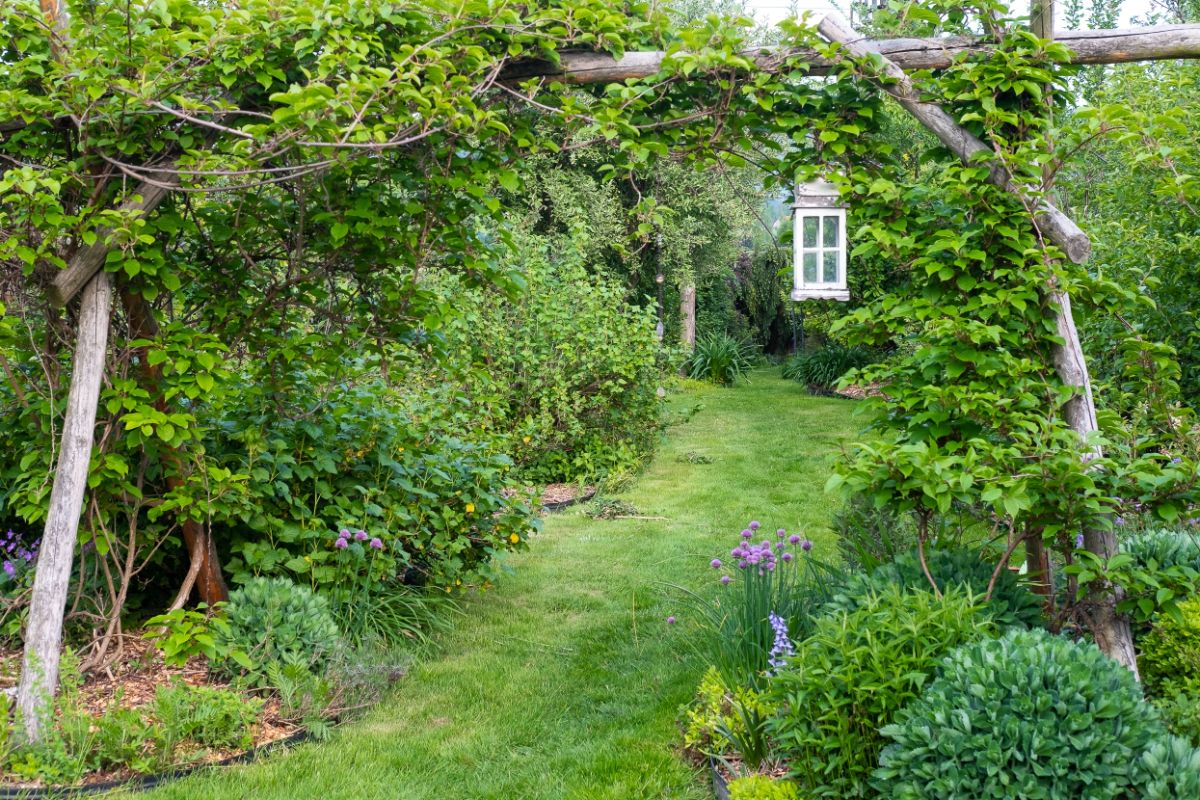
Jump to:
- 25 tips for creating a permaculture garden in your backyard.
- 1. Keep a garden journal.
- 2. Get to know your growing zone.
- 3. Get clear on what you want your garden to do for you.
- 4. Catch rainwater.
- 5. Don’t trash autumn leaves.
- 6. Use organic gardening practices.
- 7. Try out companion planting.
- 8. Grow native plants.
- 9. Attract beneficial insects.
- 10. Grow a variety of plants.
- 11. Don’t forget to compost.
- 12. Remember to mulch!
- 13. Create natural trellises.
- 14. Explore lasagna gardening.
- 15. Install garden pathways.
- 16. Make a hugelkultur bed.
- 17. Employ garden helpers.
- 18. Grow an alternative lawn.
- 19. Invite wildlife to your garden.
- 20. Don’t waste space.
- 21. Choose the right plants.
- 22. Install a drip irrigation system.
- 23. Experiment!
- 24. Use cover crops.
- 25. Don’t be afraid of change.
- Summary
25 tips for creating a permaculture garden in your backyard.
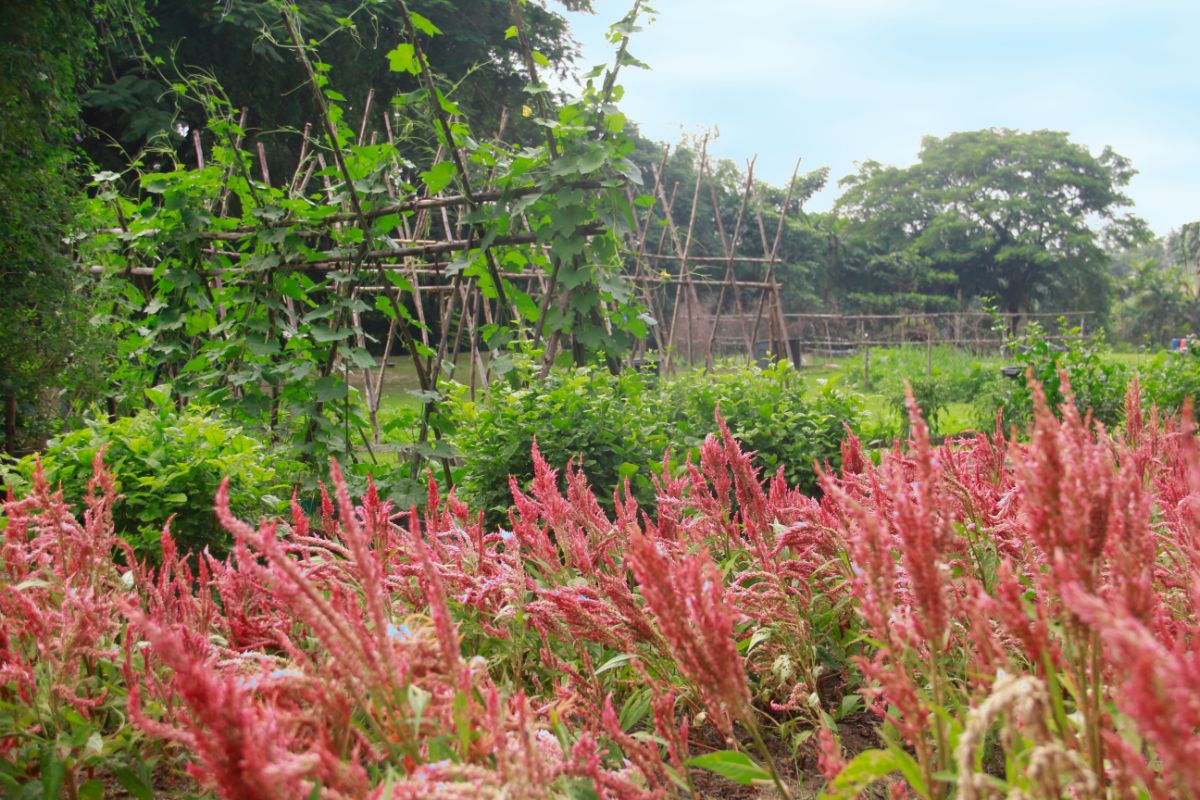
Permaculture gardens are adaptable living spaces that are often built over time. If you’re just starting out with permaculture, you don’t need to redo your garden all at once. Instead, just add a few of the following permaculture suggestions every year, and your garden will be a thriving permaculture oasis soon enough!
1. Keep a garden journal.

Not every garden is the same, and your soil type and the way the sun moves across your landscape throughout the day can dramatically affect the types of plants that will grow well in your garden. A well-designed permaculture garden takes local weather patterns, light patterns, and soil types into consideration, and a garden journal is a great way to record those subtle changes in your landscape and what plants grow well in your garden. When you’re planning out next year’s garden, you can look back over your garden journal and have a better idea of what seeds are worth ordering again and what gardening practices may need to be adjusted.
2. Get to know your growing zone.
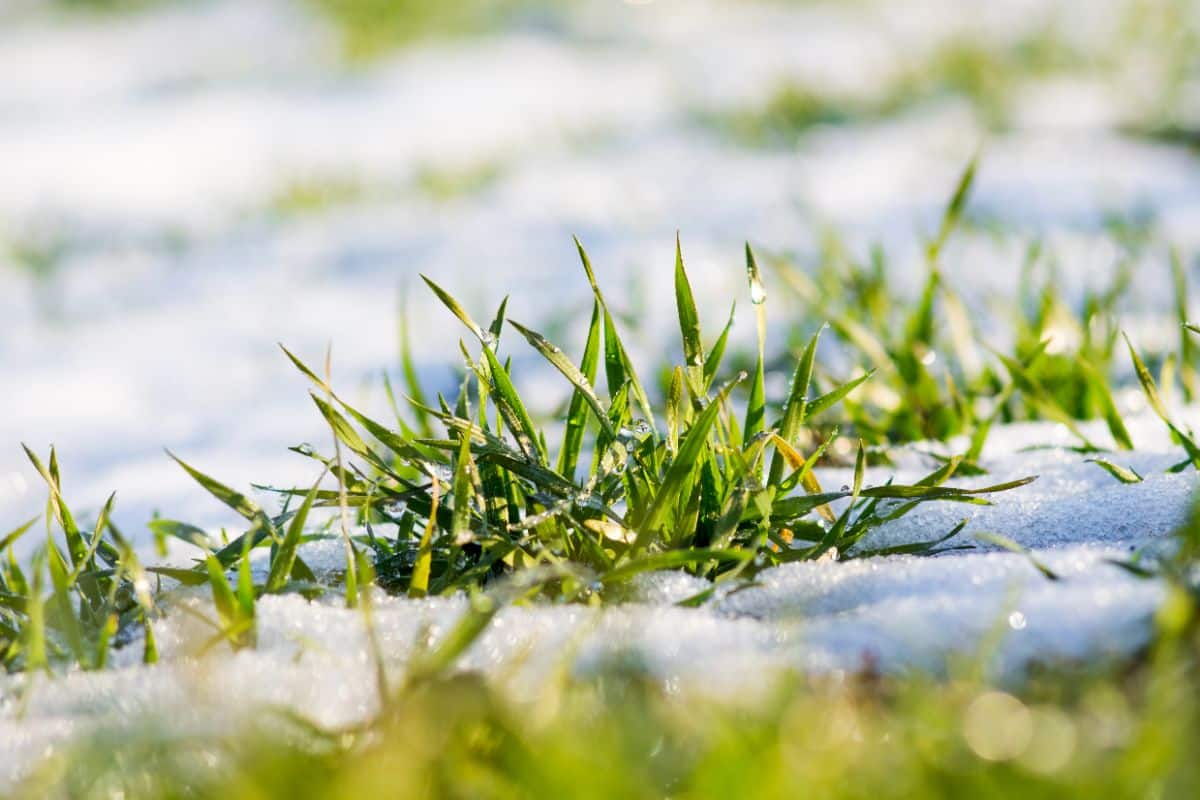
Permaculture encourages us to work with nature, and one important element of that is knowing what will and won’t grow well in our gardens. While you can technically grow cold-sensitive plants in a cold growing zone, these plants will need extra support in the winter, and they may even need to be overwintered indoors or in a protected greenhouse. However, if you only grow plants that are well suited for your growing zone and garden type, you won’t need to fuss with your plants as much, nor will you need to invest in less sustainable products, such as plastic row covers and grow tunnels.
3. Get clear on what you want your garden to do for you.
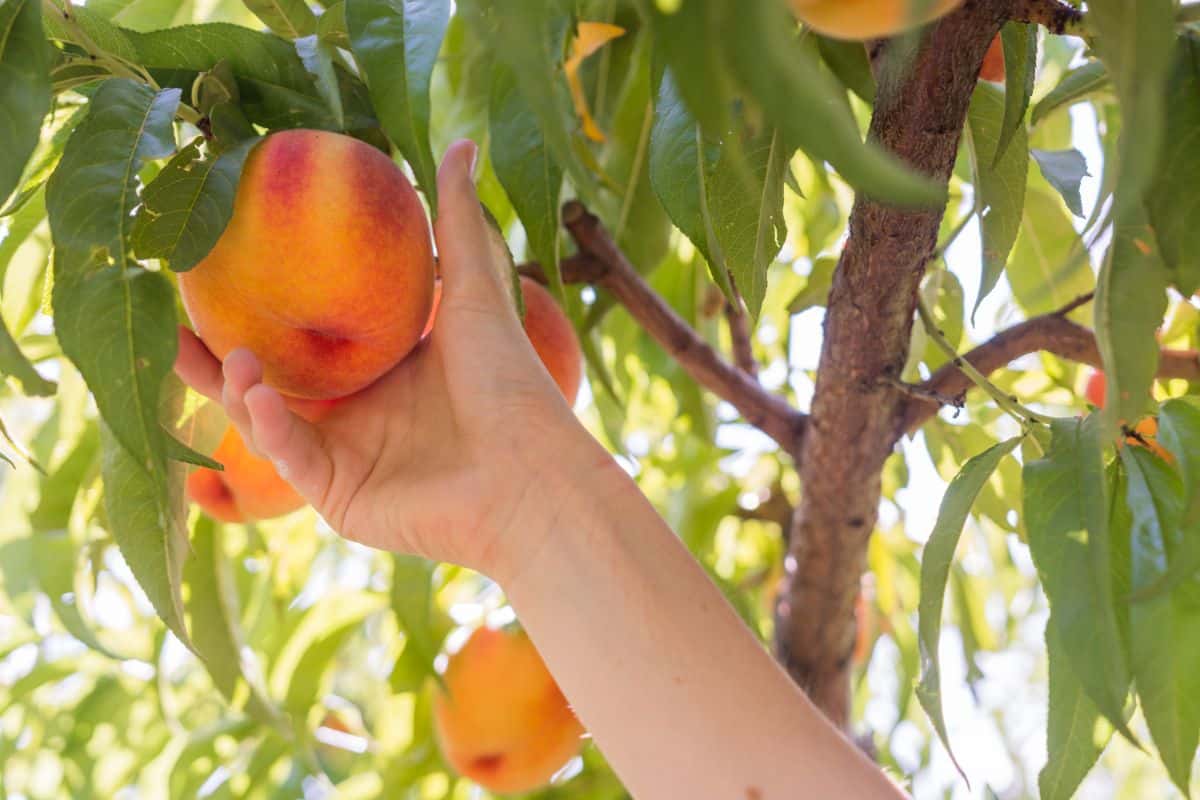
Permaculture spaces are meant to produce a yield, which can be food, flowers, enjoyment, or something else. But if you want to make your garden space more permaculture-friendly, it’s a good idea to consider how you can make underutilized sections of your garden more productive.
If you have a grass lawn, why not overseed it with some clover seed to benefit wildlife. Or, if you have a section of your garden that’s too shady for standard vegetables, why not experiment with forest gardening. Shade-loving edibles like wasabi and American ginseng can’t tolerate much light, but if you grow them in shady sections of your yard, they can produce a significant harvest of edibles and increase the productivity of your permaculture garden!
4. Catch rainwater.
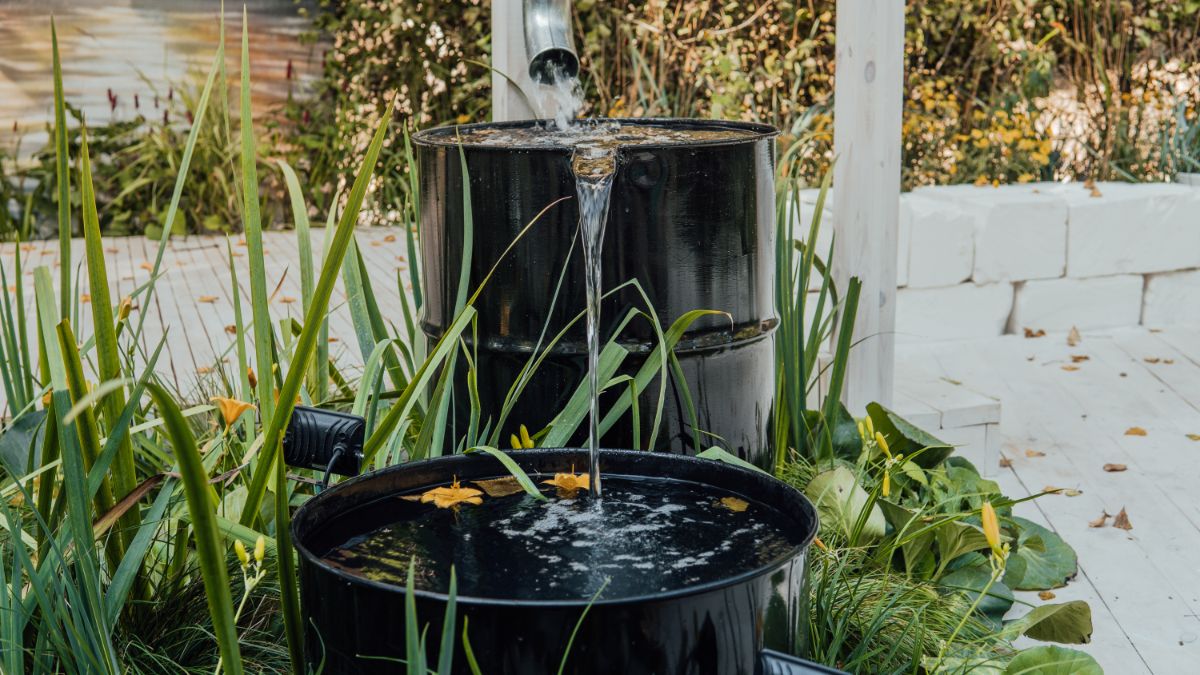
One of the most important aspects of permaculture is learning how to harness the natural resources that are available to you. And one of the most important resources every gardener needs is water!
Gardeners spend a lot of time watering their gardens with garden hoses, but you can cut down on your watering bill and make your lawn and garden more sustainable by capturing rainwater in a rain barrel. This method is often used in permaculture gardens; however, it’s important to check with your local ordinances as catching rainwater is prohibited in some areas.
5. Don’t trash autumn leaves.
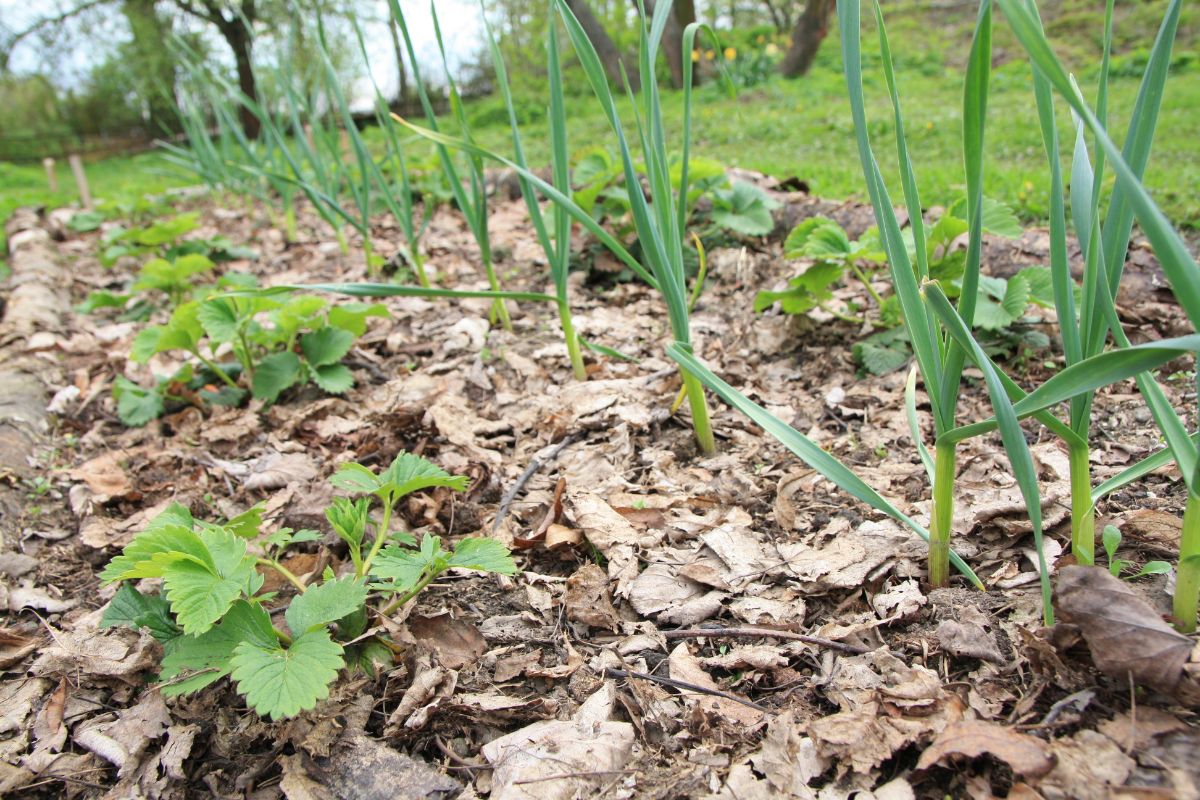
Autumn leaves are another valuable natural resource, although most gardeners overlook them or bag them and throw them in the trash. But autumn leaves are a rich source of carbon, and they make a fantastic compost to enrich your soil. Autumn leaves can also be chopped and turned into organic mulch, or they can be left in place to provide shelter for overwintering insects.
Whatever way you choose to use autumn leaves, repurposing these natural resources keeps valuable nutrients on your property, and it prevents waste too. And as far as permaculture goes, those are two excellent reasons for keeping autumn leaves around!
6. Use organic gardening practices.
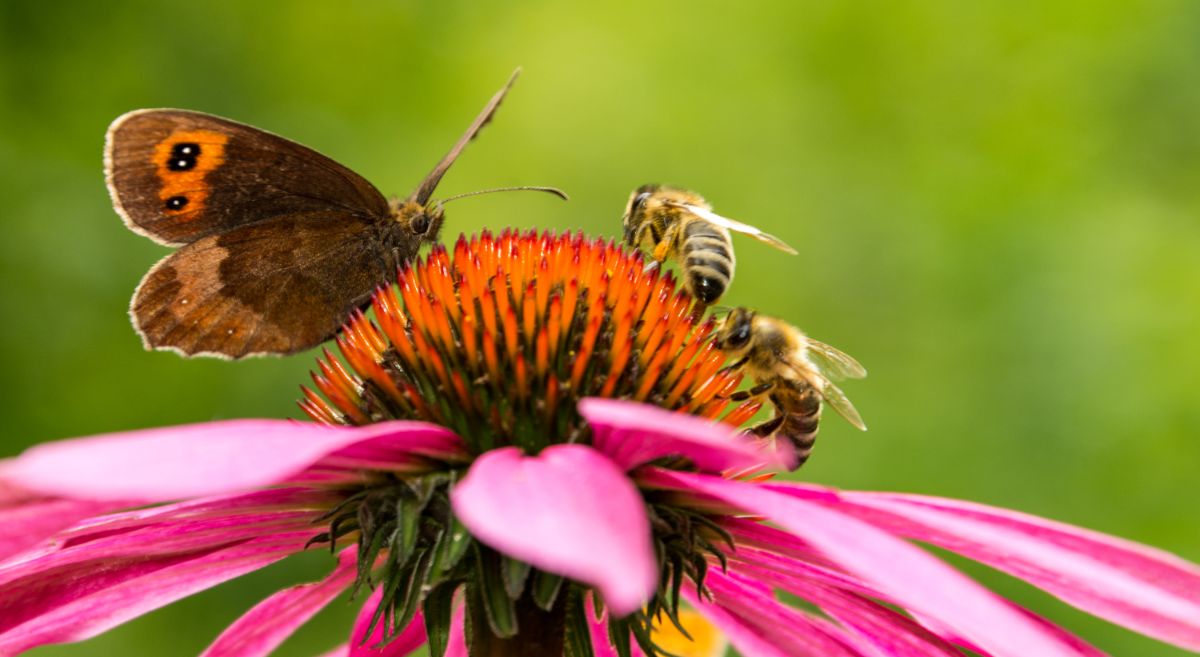
The choices you make in your garden can impact the environment around you, which is why it’s so important to consider the impact of your gardening if you want to create a permaculture space. Pesticides can diminish pollinator populations in your garden and in neighboring properties too, which can reduce the amount of pollination your crops receive and limit your harvest yields. To avoid this, opt for organic gardening methods, such as companion planting and crop rotation, and select lower-impact, organic pesticides that are less likely to harm pollinators.
7. Try out companion planting.
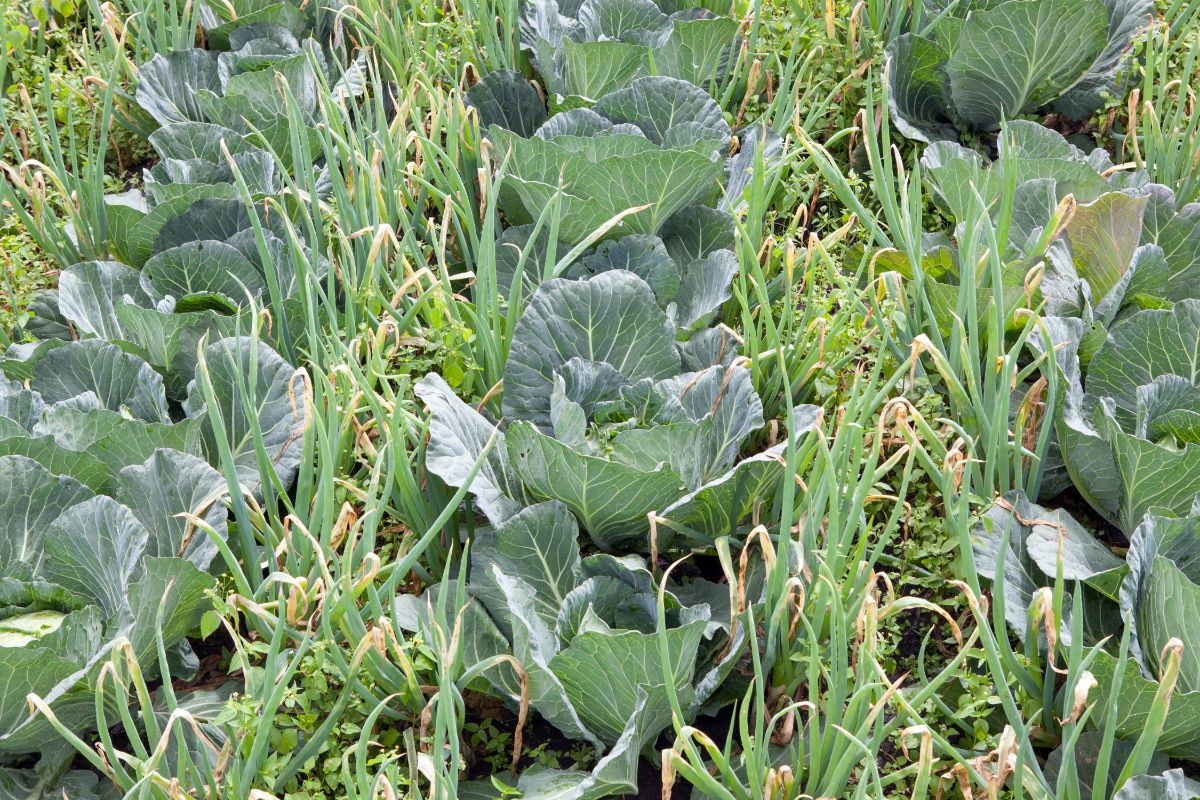
Companion planting is useful in organic gardens, but it also makes a lot of sense in permaculture spaces. This gardening technique pairs particular plant partners together based on the benefits they offer to each other. For instance, some plants encourage their neighbors to grow stronger and more vigorously, while other plants improve the flavor of nearby herbs and veggies.
One of the most useful ways to employ companion planting is to use companion plants for natural pest control. Many strongly scented herbs, like chives, mint, and sage, are ideal for this, and they can keep pests out of your vegetable garden when they’re used as border plants.
8. Grow native plants.
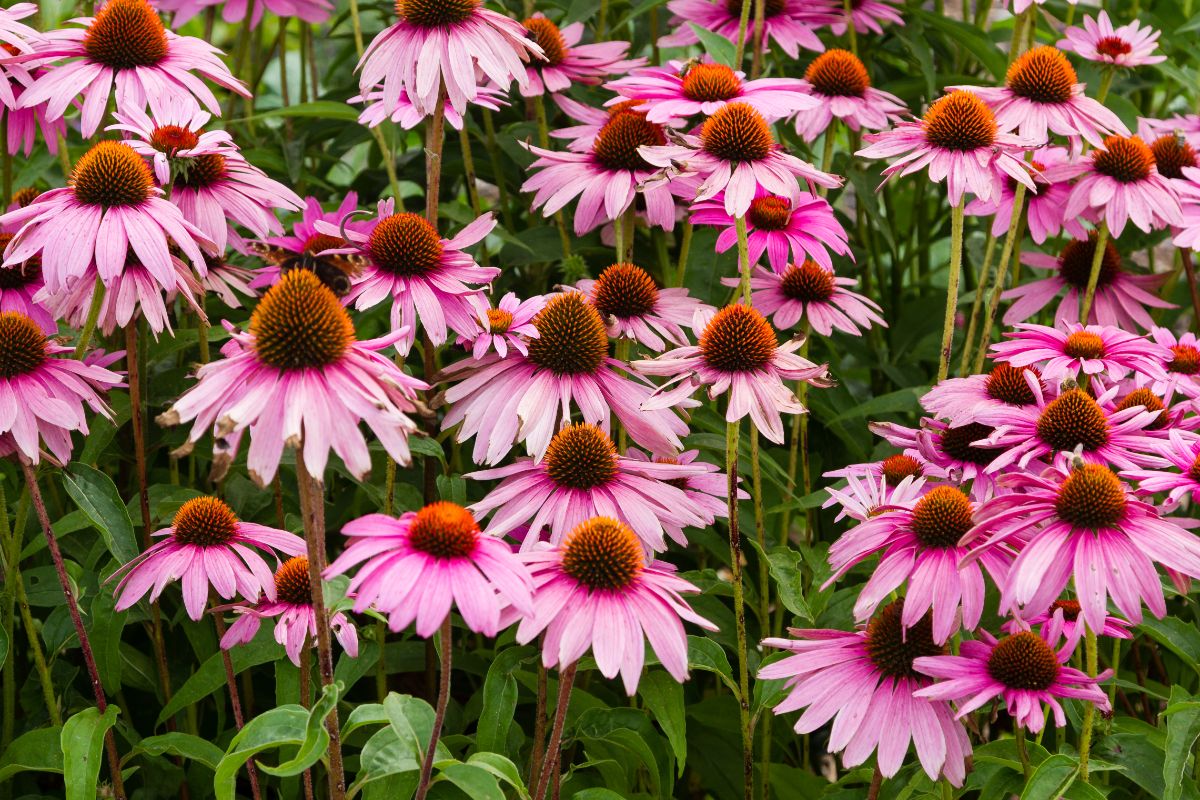
Native plants are the plants that are naturally found in your growing region, and since they are well-adapted to your local soil and weather patterns, they tend to be easier to keep. Native plants are ideal choices for permaculture gardens as they will require less water and fertilizer. Pollinators are also more attracted to native plants, and including natives in your garden can boost pollination rates and keep pests away naturally, too!
If you aren’t sure what plants are native to your growing region, this website can help!
9. Attract beneficial insects.
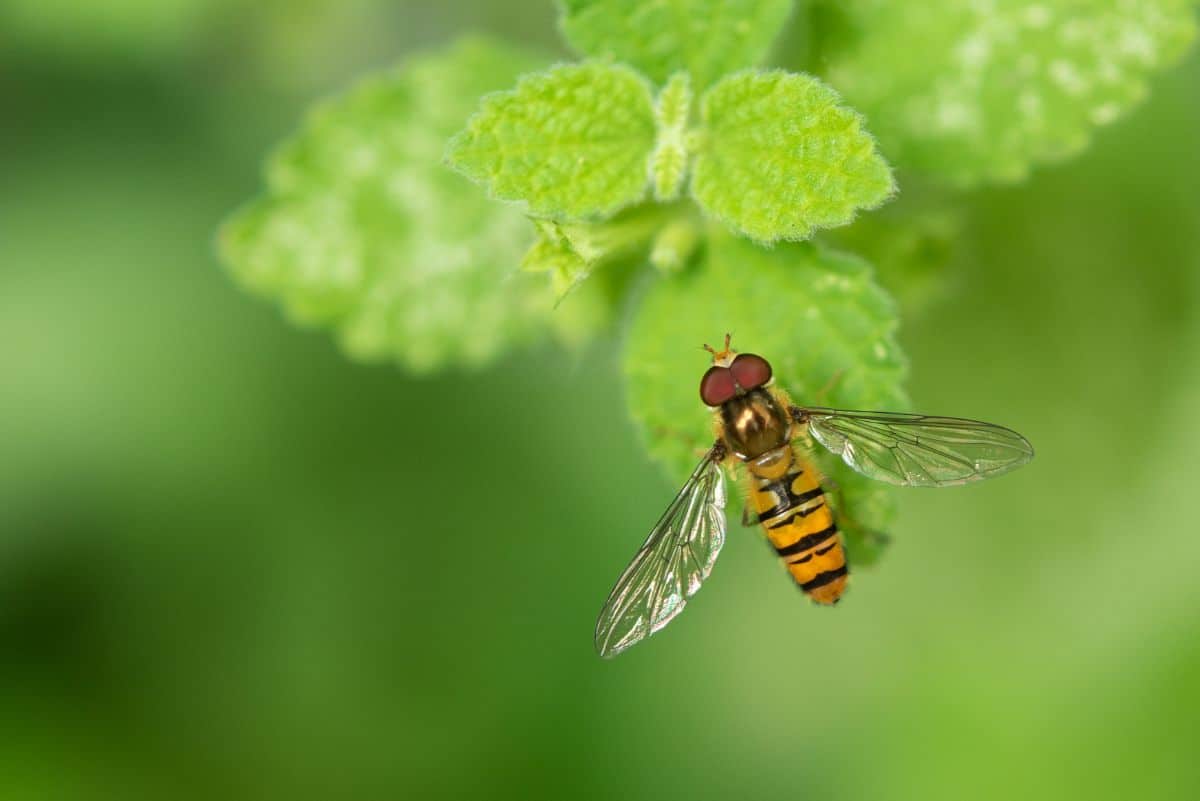
In a way, beneficial insects and pollinators are natural resources in your garden since they control pests and they boost pollination rates. Utilizing natural resources, like pollinators, is an essential part of permaculture, but beneficial insects are also an important part of local ecosystems, and they can be fun to observe in gardens as well.
Keeping native plants and companion planting will naturally attract beneficial insects to your space, but there are other steps that you can take to make your garden more attractive to “good guy” insects. Growing flowering herbs, like dill, chives, and parsley, is an easy (and tasty) way to lure beneficial insects to your garden. And plants with large, nectar-filled flowers, like yarrow, sunflowers, and coneflowers, are also irresistible to ladybugs, lacewings, and other insects too.
10. Grow a variety of plants.
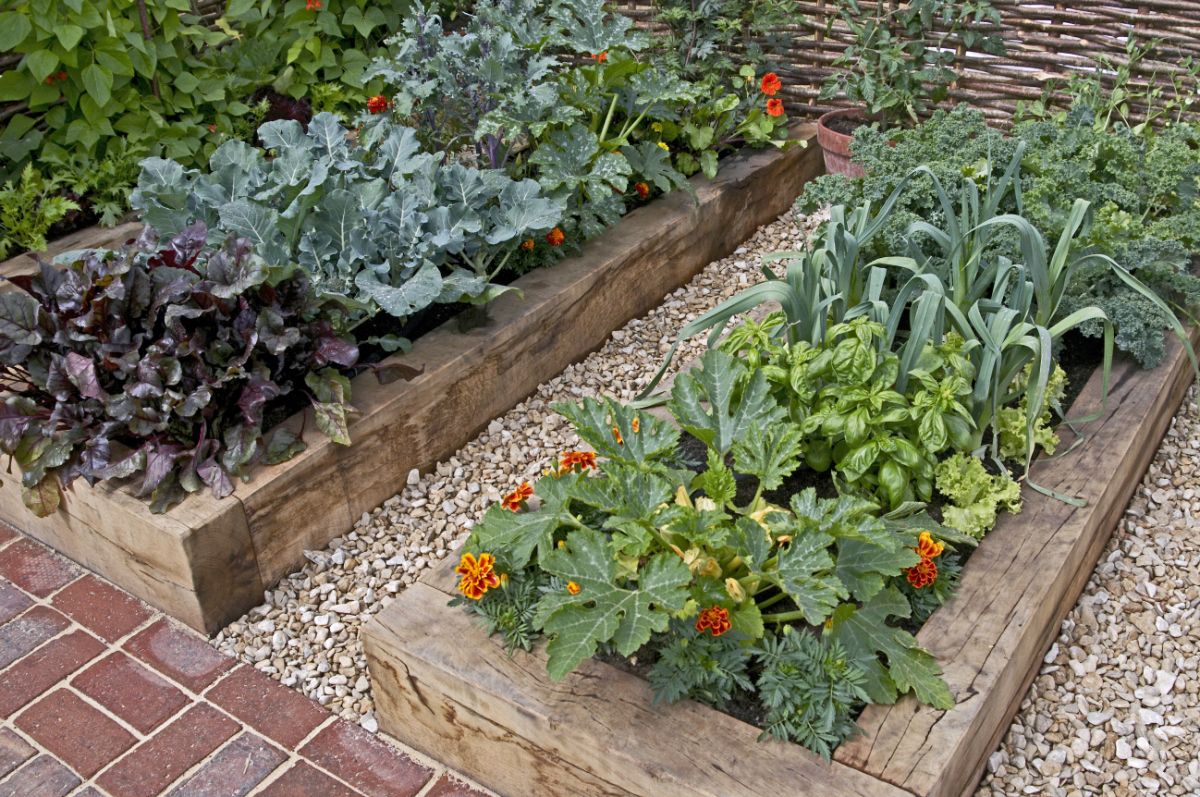
Growing a blend of flowers with different heights, flower shapes, colors, and bloom times can make your permaculture garden look more complex. However, keeping a variety of different plants in your space has other benefits.
By increasing the diversity in your planting arrangements, you can make your garden more pest and disease resistant. If pests or pathogens invade, some plants may succumb, but you’ll likely find that some of your ornamentals and veggies are naturally resistant. Beyond that, keeping different plants also makes your garden more attractive to pollinators, as different pollinators prefer to feed from different flower shapes and colors.
11. Don’t forget to compost.
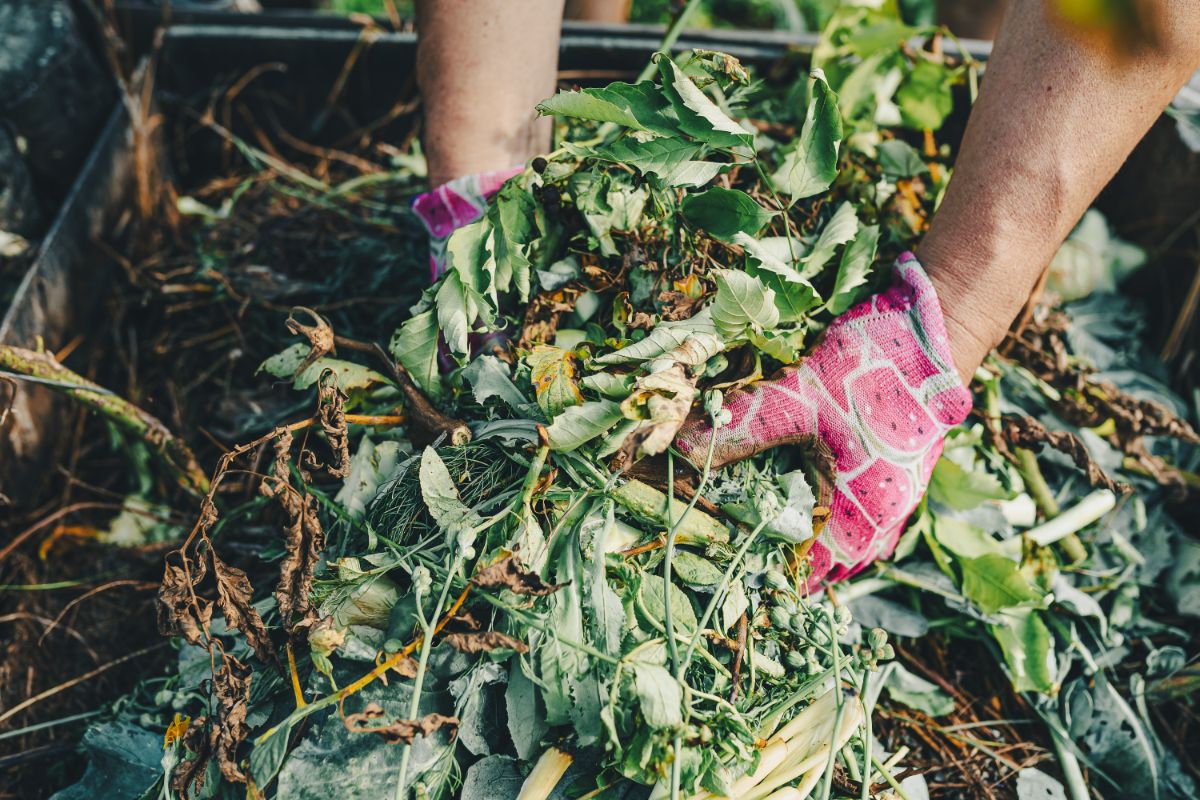
Autumn leaves are one carbon-rich ingredient to add to your compost pile, but if you do a lot of gardening, you’ll find that there are many more materials that you can compost too. Kitchen scraps, sawdust, fallen branches, livestock bedding, grass clippings, and more can all be added to your compost pile, and composting these materials keeps your garden zero waste – an important element of permaculture! On top of that, composting leaves you with a nutrient-dense compost that you can use to improve the structure and fertility of your garden soil.
12. Remember to mulch!

Mulching has a lot of benefits in the garden, but in a permaculture space, mulching is particularly important for reducing waste and conserving resources. Chopped autumn leaves make a nutrient-dense mulch that’s ideal for both ornamental and vegetable beds, but you can also try out other organic mulches like pine needles, compost, or weed-free straw. Beyond making your garden look more tidy, mulch suppresses weeds, and it helps lock in soil moisture levels, so you won’t need to use herbicides or water as often!
13. Create natural trellises.
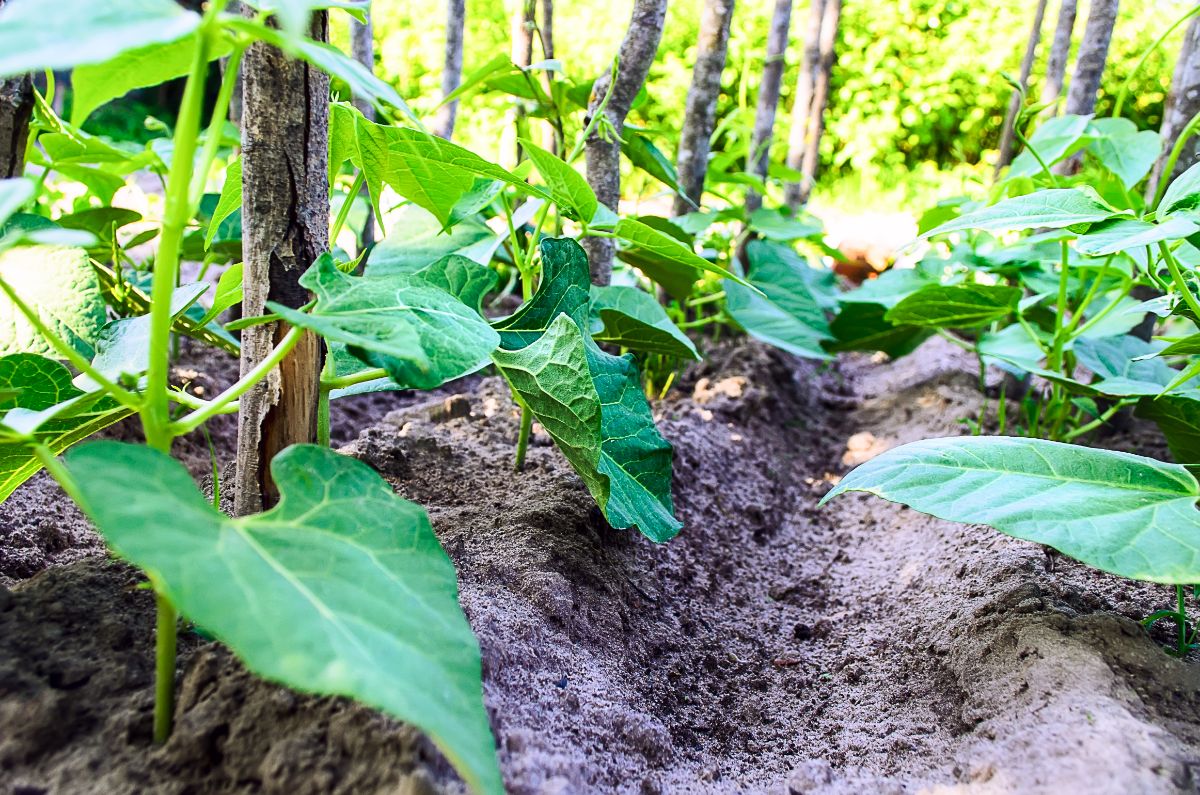
Permaculture gardens make smart use of space, and it’s not uncommon to find plants growing in unexpected places or in small, compact areas in a permaculture landscape. One easy way to fit more plants into a tight area is to grow vertically on trellises, but there’s no reason to go out and buy unsustainable plastic trellises if you keep a permaculture garden.
Instead, you can easily make your own plant supports with prunings from your garden. Sturdy branches driven into the soil can be used to hold up tomato plants, peonies, and other top-heavy vegetables and flowers. You can also make obelisks, plant ladders, archways, and other structures by lashing branches together with a bit of garden twine.
14. Explore lasagna gardening.

Lasagna gardening or sheet mulching is an increasingly popular gardening technique that will fit right into a permaculture landscape. The premise of lasagna gardening is quite simple: just lay cardboard and natural, compostable materials onto your garden or on an area of your lawn where you’d like a garden to be and allow the items to compost in place. After the natural materials are broken down, you can garden right on top of your lasagna garden, and your new plants will benefit from the rich soil that was enhanced by all of that nutritious sheet mulch!
15. Install garden pathways.
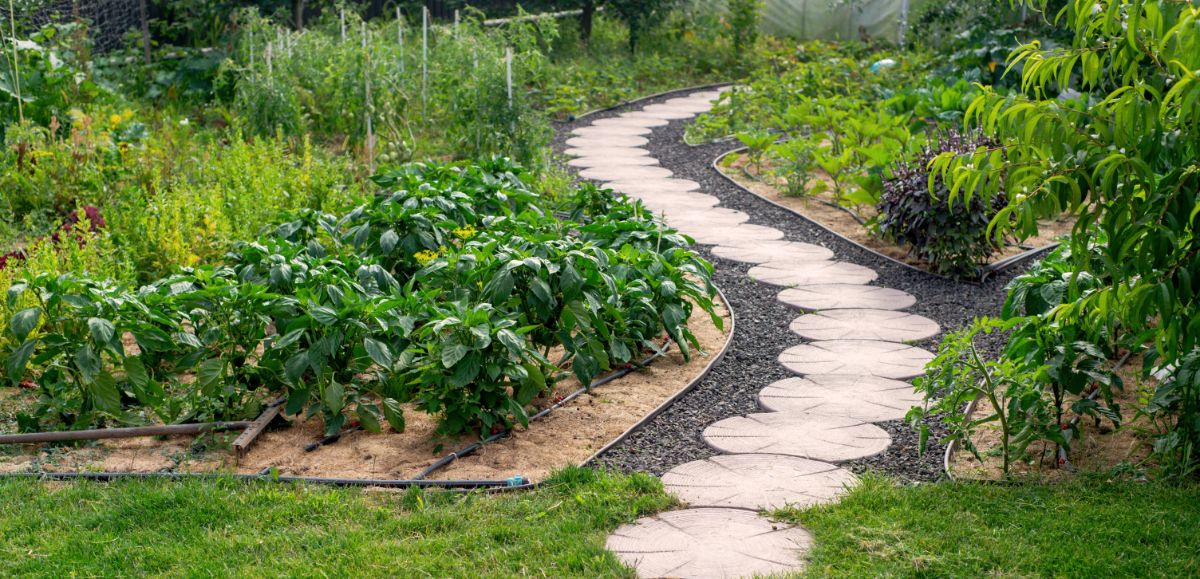
Weedless gardening techniques help keep garden beds and walkways weed-free without chemical herbicides, and many of the techniques of weedless gardening blend beautifully with the principles of permaculture. Mulching is one element of weedless gardening, but installing garden walkways is also helpful as it prevents soil from becoming compacted and reduces the need for tilling. When installing walkways in your permaculture garden, consider how you actually like to use your space and add garden paths where you like to walk.
16. Make a hugelkultur bed.
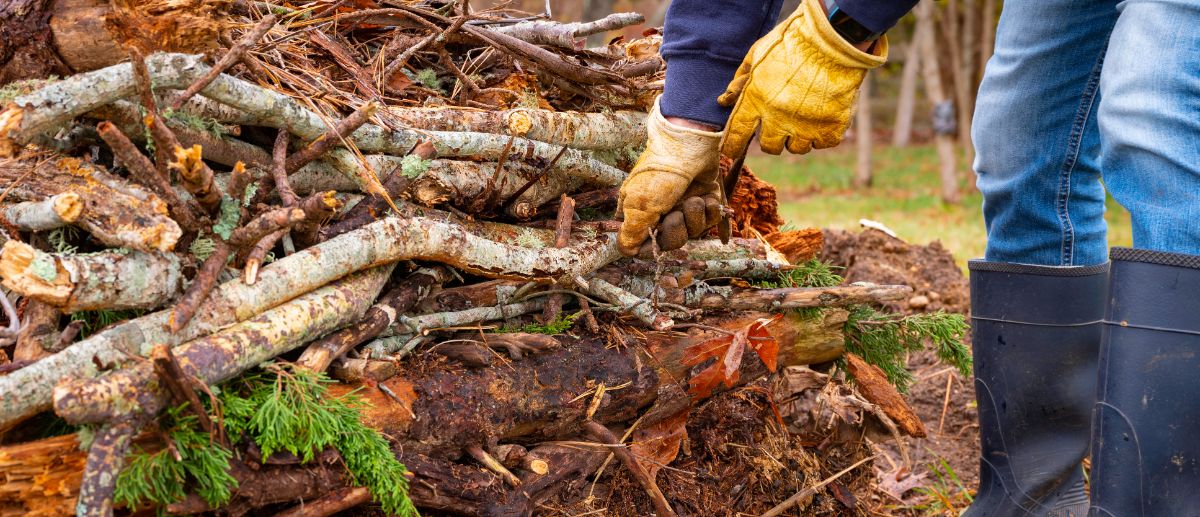
Hugelkultur is essentially a very large lasagna garden, and it’s also a prime example of permaculture at work. Hugelkultur beds are created by piling large logs on top of garden soil and then heaping smaller branches, leaves, twigs, mulch, and soil on top of the logs. As the logs and other plant matter naturally break down, it improves the surrounding soil and creates a rich hugel bed that will support an assortment of flowers, fruit, and vegetables.
While hugelkultur gardens are a creative way to repurpose lawn debris and reduce waste, they have some other perks too. Hugel beds are naturally nutrient-dense, so they require less fertilizer. What’s more, the soil made from hugelkultur holds water well, reducing the need for irrigation.
17. Employ garden helpers.
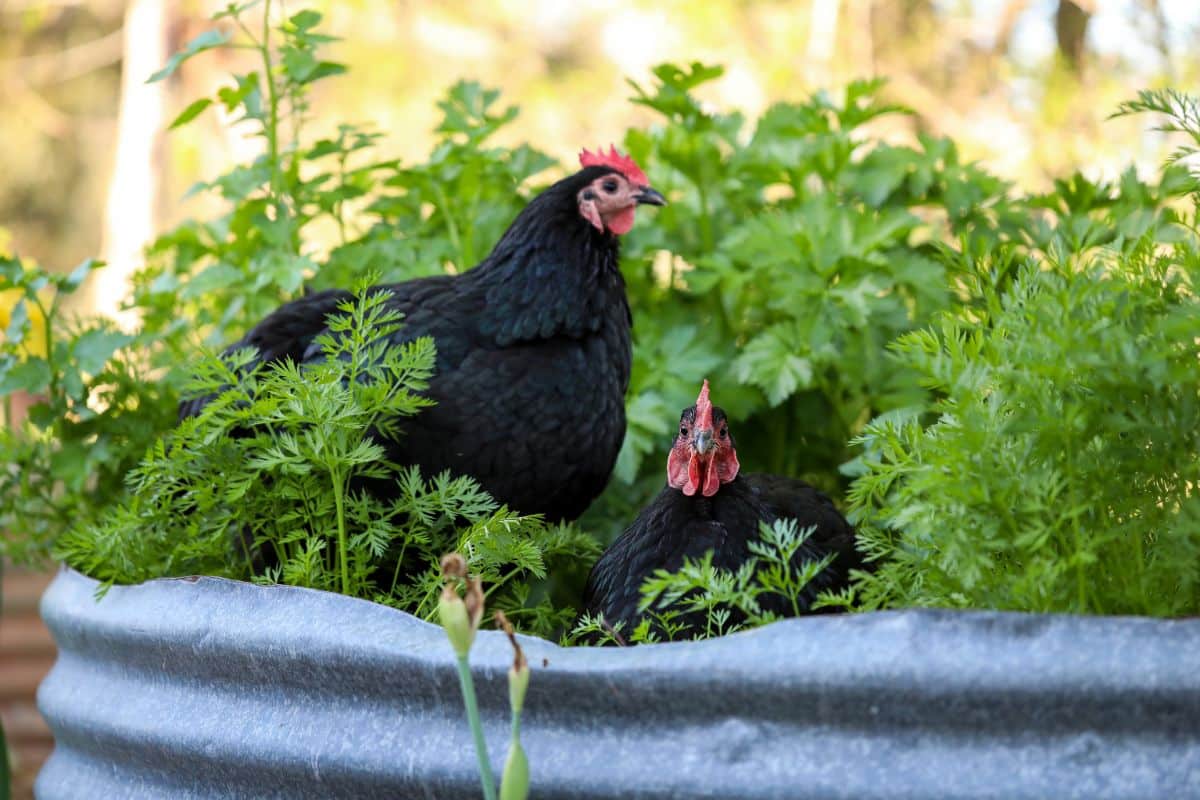
Beneficial insects and pollinators are natural resources that can increase your harvest and keep pests at bay, but there are other “garden helpers” that can do wonders in a permaculture space. Wild birds are ideal for picking off caterpillars, beetles, and other pests on your veggies, and you can lure birds to your yard with a bird feeder or bird bath. If you have chickens or ducks, you can also use these “helpers” in your garden to control pests naturally, and it’s even easier to direct their work with a chicken tractor!
Chicken tractors are handy, portable structures that can be moved throughout your garden to show chickens, ducks, and other critters where to forage. These tractors can be handmade, or they can be purchased online, and in addition to keeping poultry from damaging your crops, chicken tractors also protect your feathered friends from predators. As an added bonus, your soil will also be enriched with fresh manure everywhere you place your chicken tractor!
18. Grow an alternative lawn.

Permaculture gardens are all about conserving resources and increasing the yields of underutilized spaces. Traditional turf grass lawns, however, are very thirsty places with high watering needs, and they rarely contribute to wildlife populations. Swapping out your lawn for more vegetable beds or flower gardens can increase the yields of your permaculture space, and it will also make your landscape more productive.
If you don’t want to add more beds to your garden, you can also overseed your lawn with clover or another low maintenance groundcover. If you live in an arid climate, another option is to replace your lawn with a rock garden or implement other xeriscaping practices that will help you conserve water.
19. Invite wildlife to your garden.
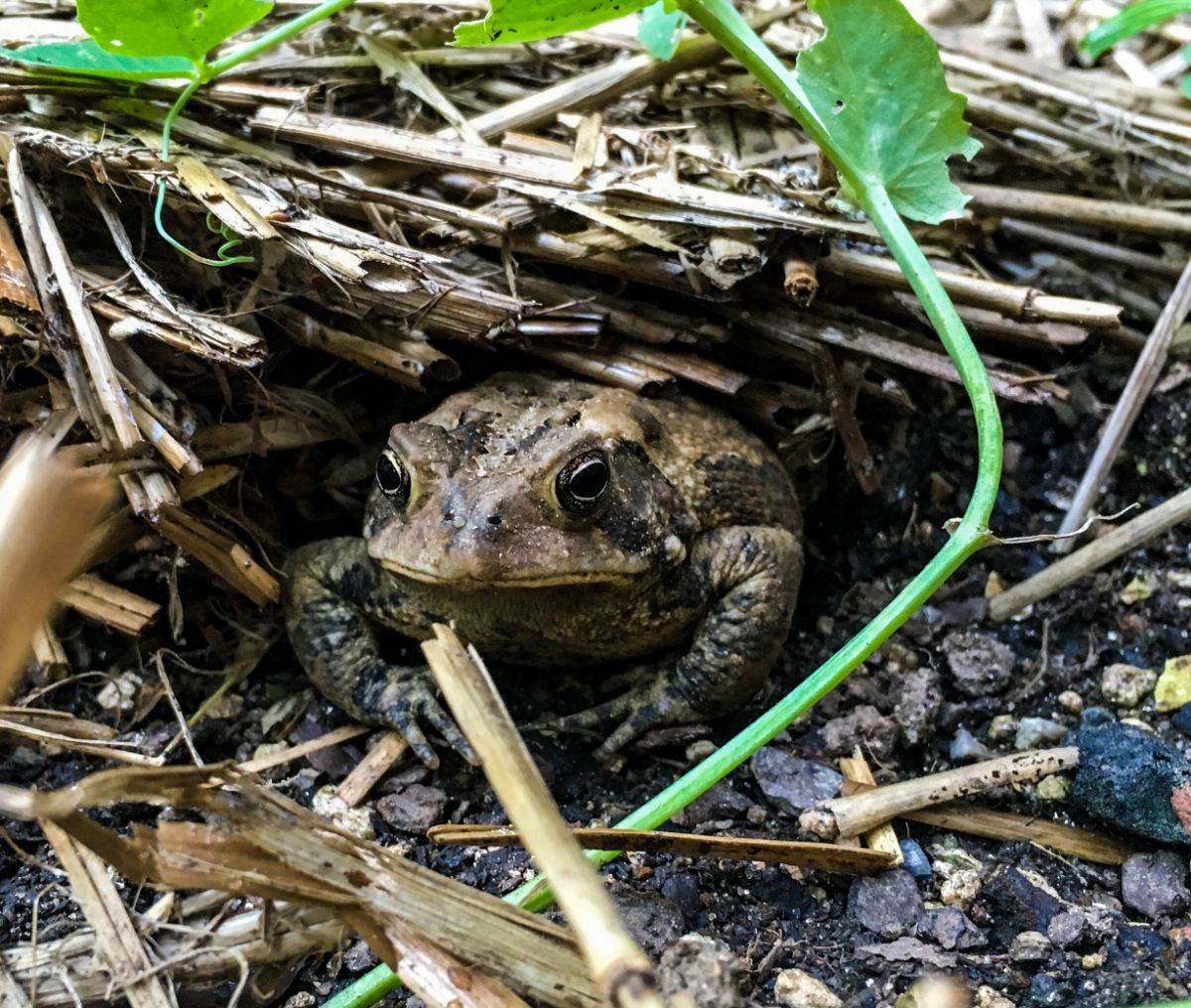
Encouraging birds, pollinators, and other wildlife to take up residence in your permaculture garden can be useful for organic pest control, and you can also get a lot of enjoyment from watching the antics of the critters that visit your space. Growing native plants and installing bird baths and feeders are all excellent ways to bring more wildlife to your garden. But if you want to establish a highly attractive wildlife habitat garden, you may also want to install birdhouses, bat boxes, and bee hotels and add a gently moving, shallow water feature, which will be particularly appealing to hummingbirds and amphibians.
20. Don’t waste space.
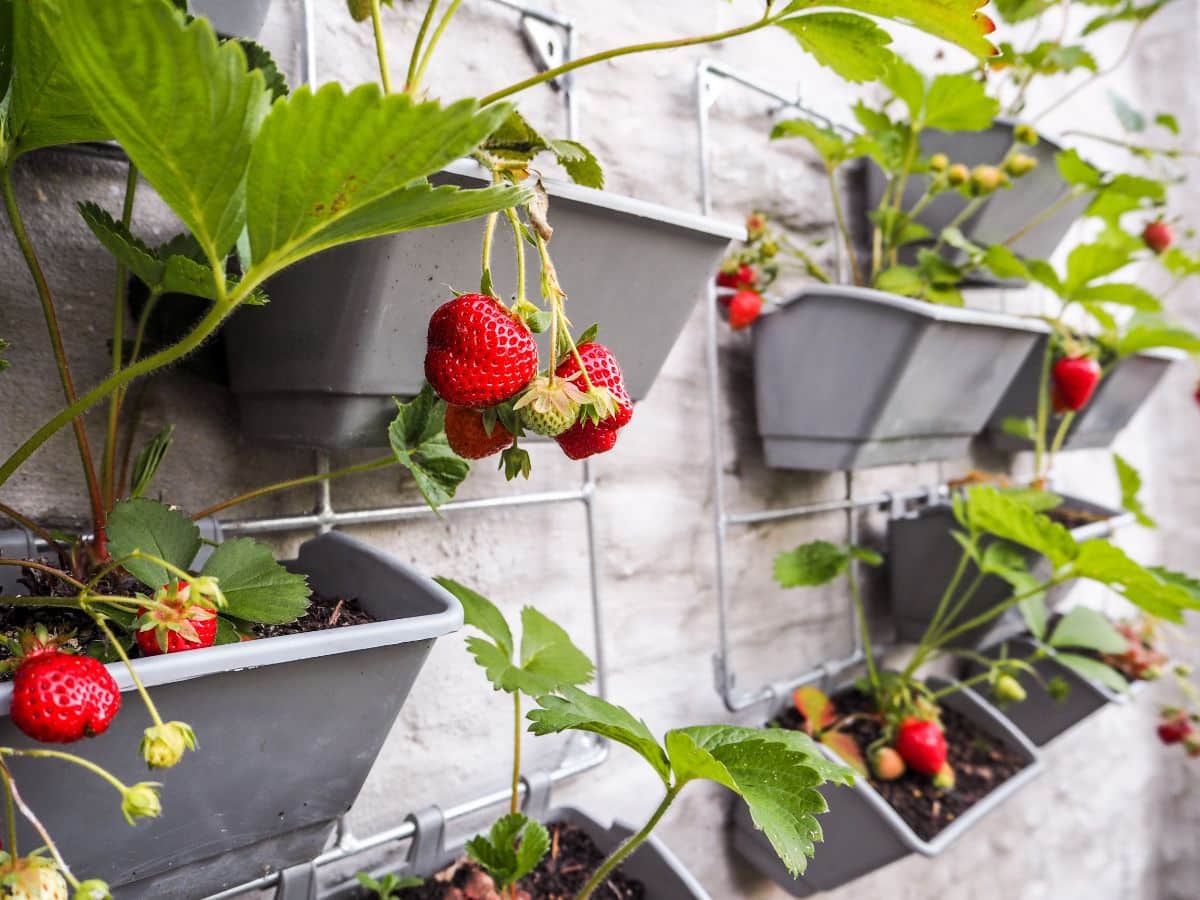
If you want to get the most out of a permaculture garden, you’ll need to fill in empty spaces in your landscape as best as you can. Growing vertical plants in tight areas, keeping potted plants on balconies, cultivating shade-loving plants in low-light areas, and succession planting vegetables throughout the growing season are all fantastic ways to supercharge your permaculture garden and increase your harvest yields.
21. Choose the right plants.
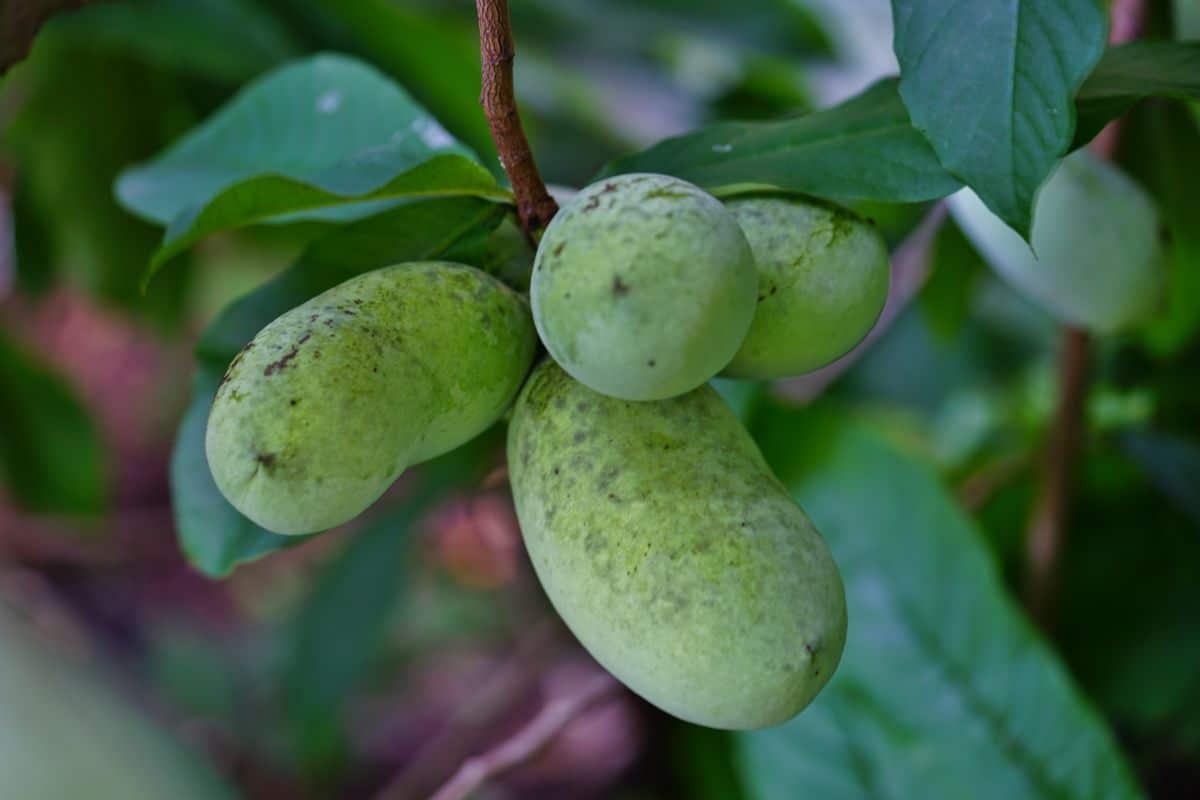
A well-run permaculture garden doesn’t require a lot of maintenance, but it may take some trial and error to find low-maintenance plants that will grow well in your soil type and light levels. If you keep an ornamental garden, native plants are generally the least demanding plants, and they won’t need as much water and fertilizer as non-natives species. However, if you keep a vegetable garden, you can make your permaculture garden more self-sufficient by choosing vegetable varieties that are naturally suited to your garden space.
Trying out different vegetable seeds can help you discover the particular vegetable varieties that grow well in your garden. If you have an edible garden space with low light levels, stick to plant types that can handle some shade, such as certain herbs, leafy greens, turmeric, and lettuce.
22. Install a drip irrigation system.
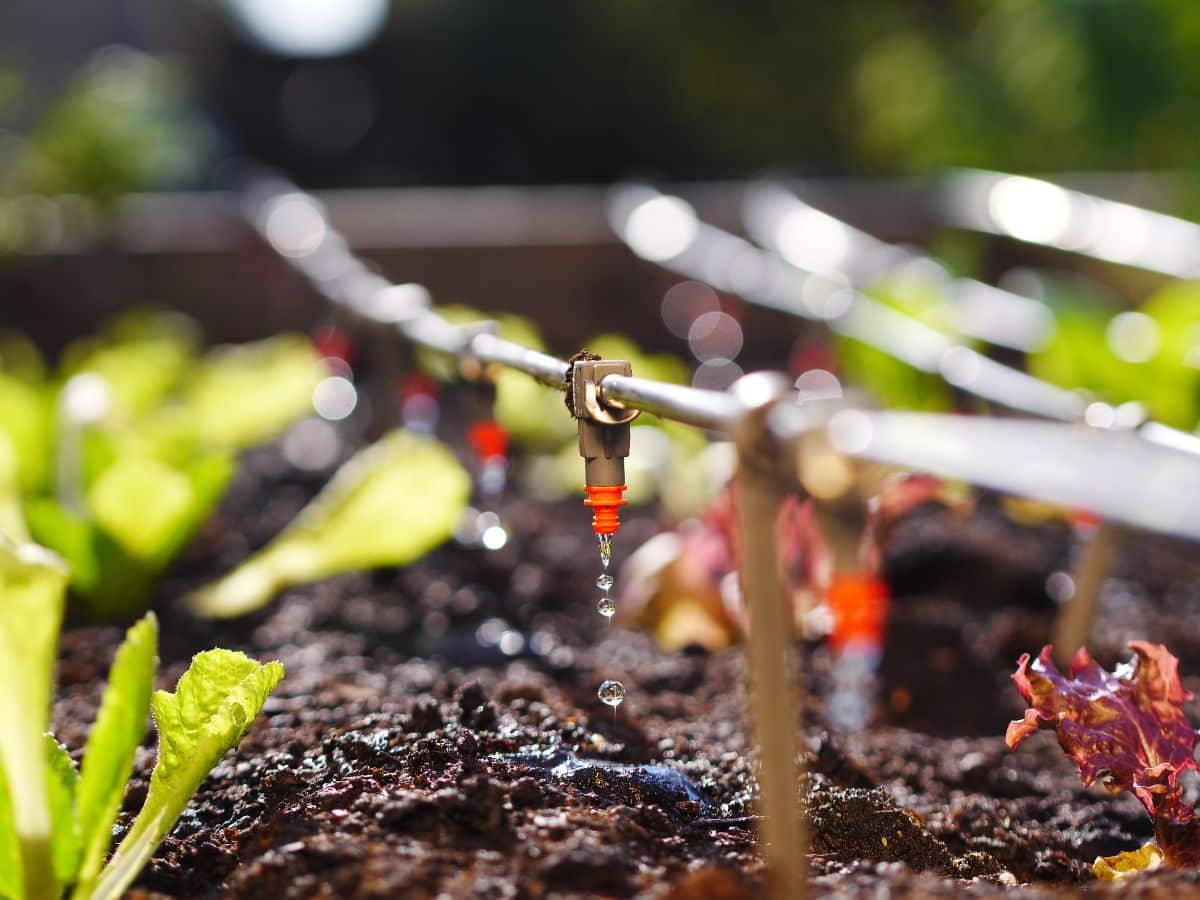
Drip irrigation systems are simple to install, and they can be attached to rain barrels or your standard spigot. These eco-friendly systems help conserve water, and they keep plant leaves dry, which is critical for preventing common plant diseases like powdery mildew. Best of all, drip irrigation systems work well in permaculture spaces, and they can even help naturally prevent weeds by direct watering straight to the root systems of the plants you actually want to grow!
23. Experiment!
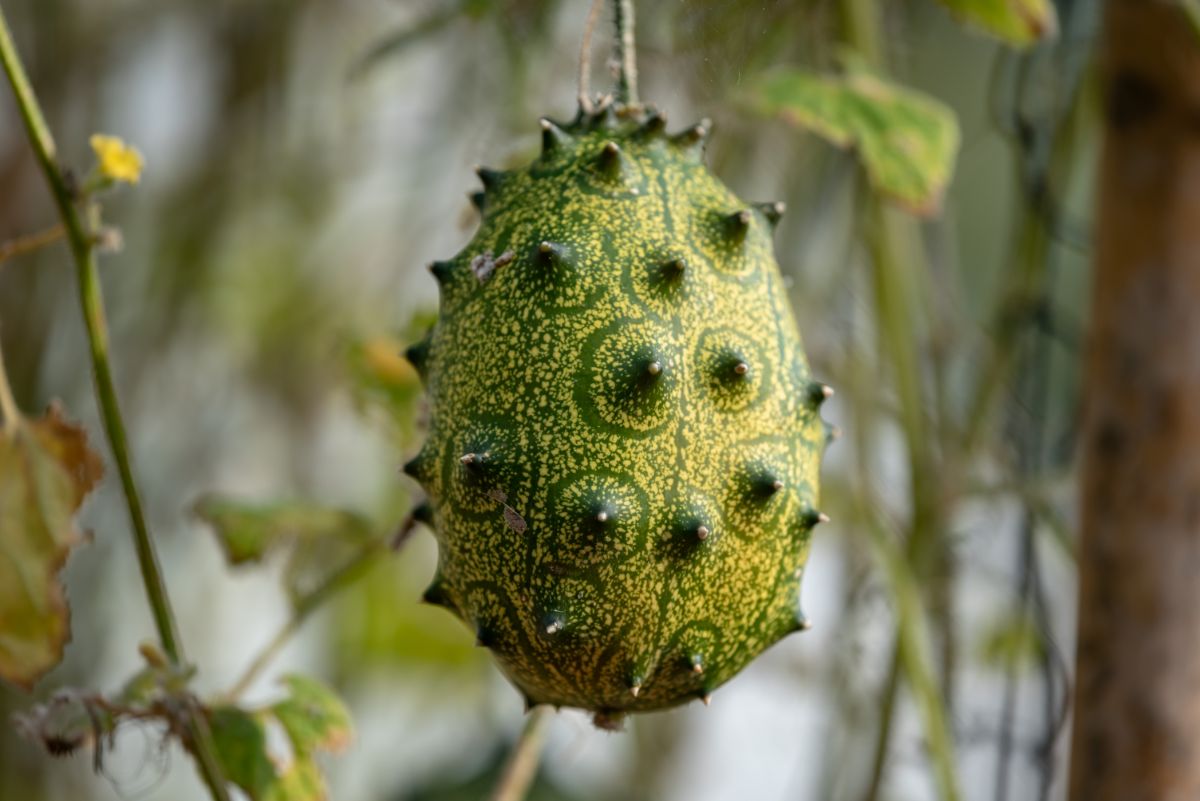
Permaculture gardens are built around flexibility, and you may find that certain gardening styles, plant species, and gardening techniques work better than others in your garden space. That’s why experimenting is so important with permaculture, as it allows you to find the exact methods and crops that will thrive in your garden with minimal effort.
Keeping a garden journal is particularly useful when experimenting, as you can jot down what you learn from your efforts. Perhaps you’ll discover that raised beds work better for you, or maybe you enjoy the elegance of square-foot gardening. Trying out unusual plant seeds and flower types can also help you discover some new and unexpected crops to add to your garden design.
24. Use cover crops.

Fertilizers can improve plant growth for short periods of time, but most fertilizers don’t do much to enhance the quality of soil in the long run. However, permaculture insists on a slow and deliberate approach to soil building, and this keeps soils healthy and fertile for years and naturally supports the growth of plants.
There are many ways to build soil over time, including adding an annual application of compost or aged manure or experimenting with lasagna gardening. Another option is to plant cover crops, like vetch and certain varieties of clover, in your garden beds in autumn. When frost kills cover crops, they return nitrogen back into garden beds, functioning as a green manure that boosts soil fertility and enhances the soil structure too.
25. Don’t be afraid of change.
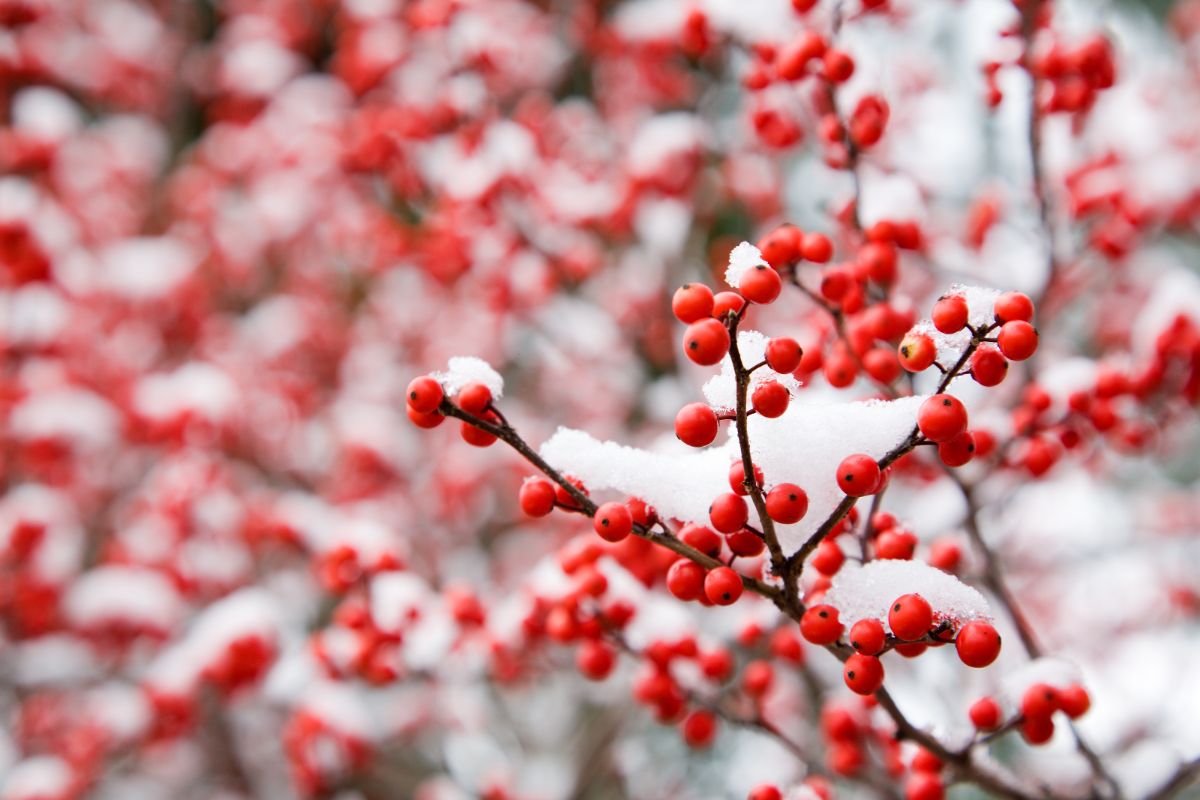
Everything in nature changes, and permaculture gardens change and adapt too. Throughout the seasons, your garden will look vastly different, but if you do a bit of planning, you can keep your garden productive all year round. Winter berries, ornamental grasses, and other winter interest plants can provide extra color to the winter landscape, while flowers, buds, and vibrant foliage will enliven your garden at other times of the year.
Beyond seasonal changes, your garden will also inevitably change through the years. Barren patches of soil will fill in with lush plants, and you may alter landscape designs to reflect your changing interests and the plants you like to keep. You may also find that your gardening experiments evolve and influence your gardening practices, and that’s perfectly okay too.
The thing about permaculture gardens is that they are living systems, and they’re meant to change. So don’t get too caught up on what you think a permaculture garden “should” look like. Instead, explore your own gardening interests and try out the permaculture tips we’ve covered above to see what works best for your own unique permaculture landscape.
Summary
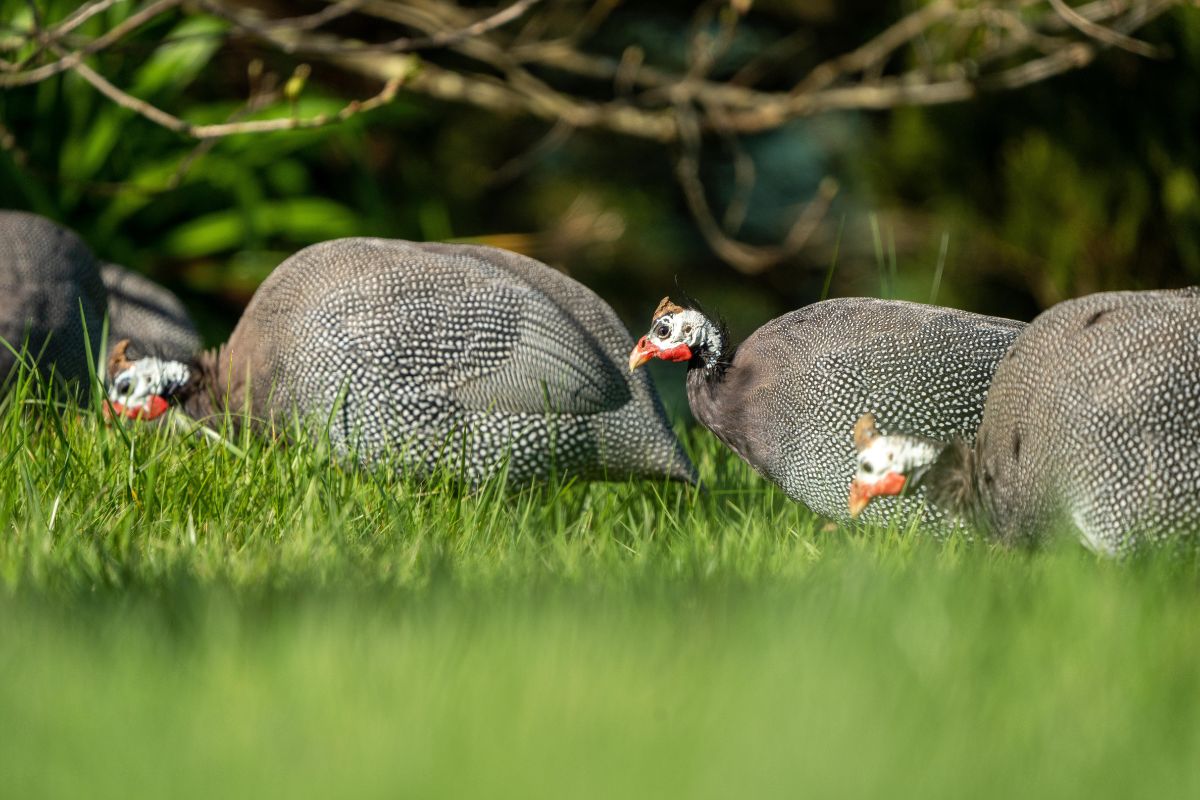
Many gardeners hear the word “permaculture,” and they think they need to overhaul their gardens and make large-scale changes to their properties. However, as you can see in the permaculture tips in this list, permaculture involves a variety of simple gardening strategies, many of which you may already be using in your garden. And if you have the space for a few more native plants or a rain barrel, why not make a weekend project of it and help your garden become a little bit more of a permaculture oasis!
If you liked this article and would like to learn more permaculture techniques, check out our guide on vermicomposting or composting with worms!

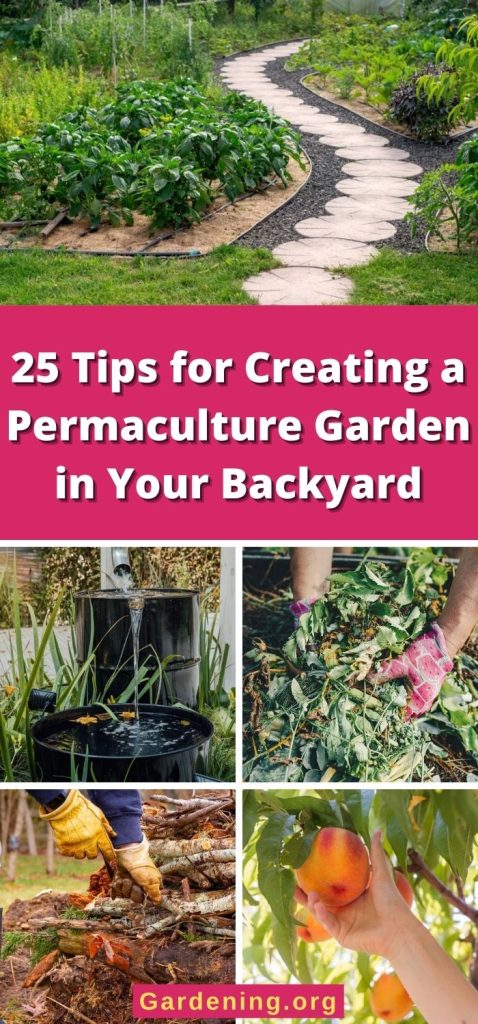

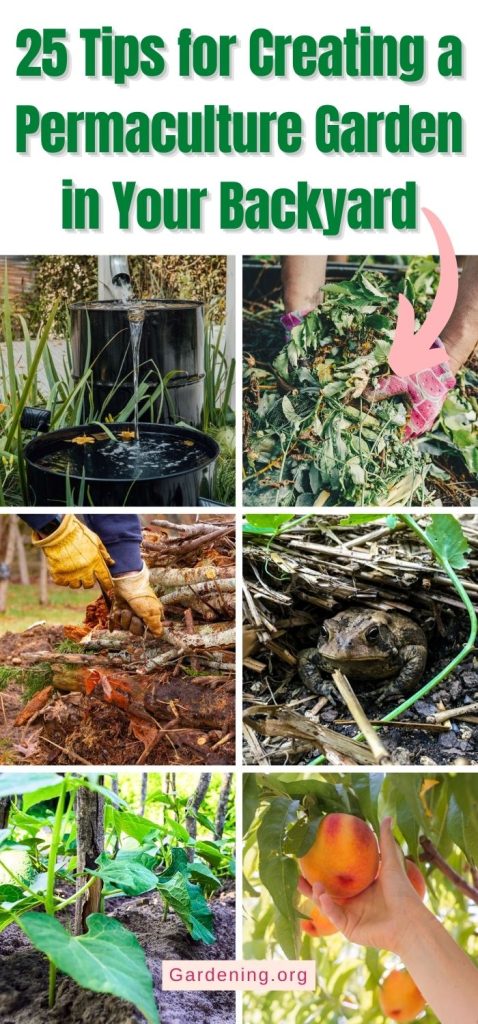
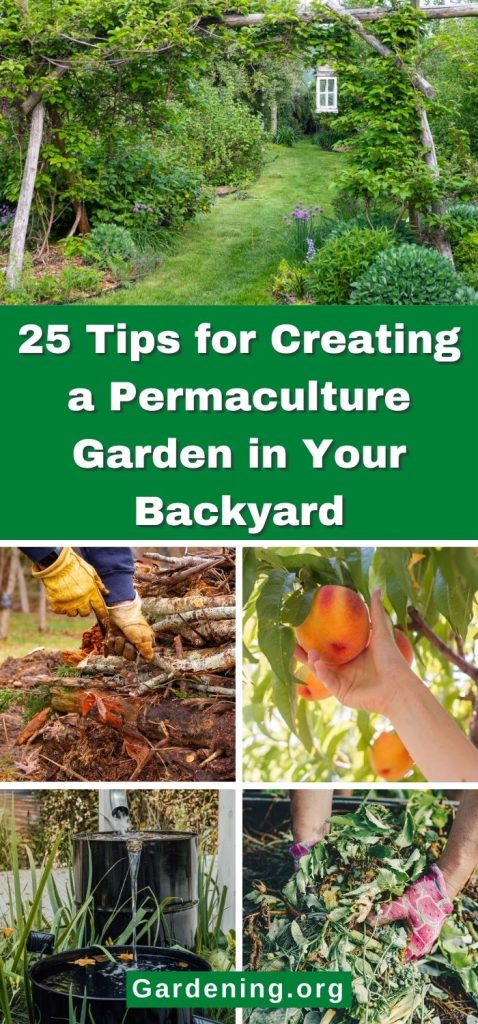




Leave a Reply